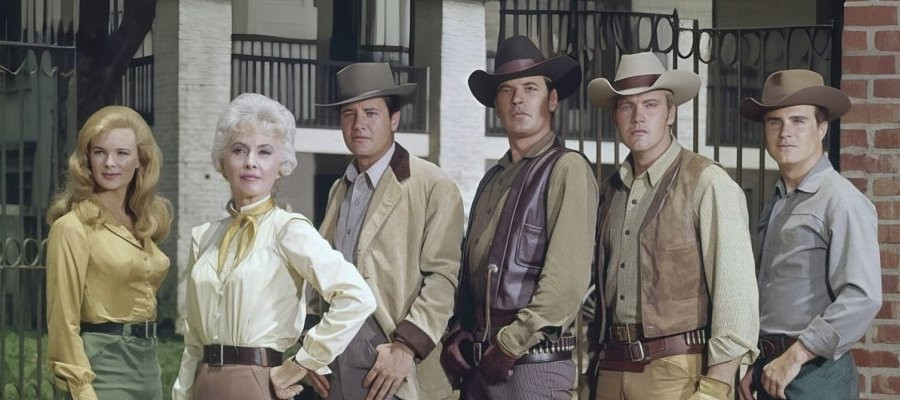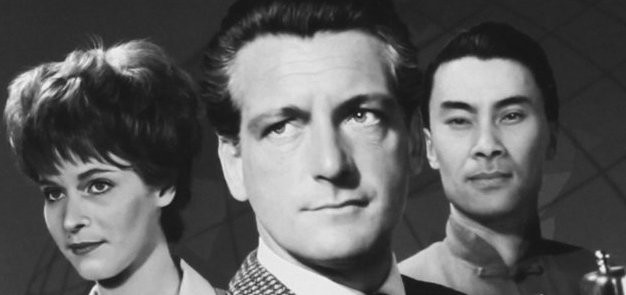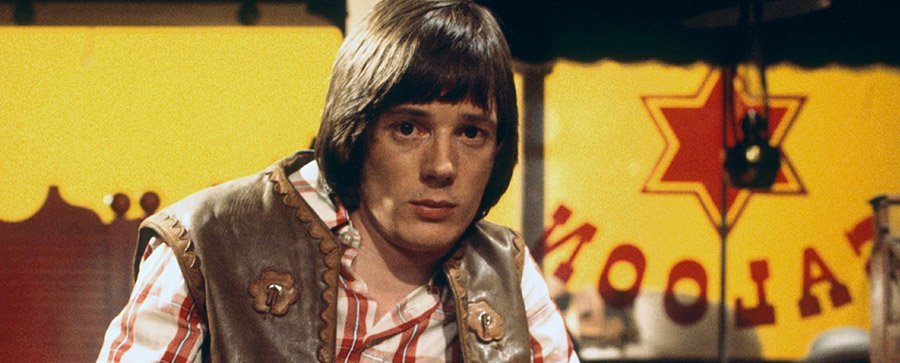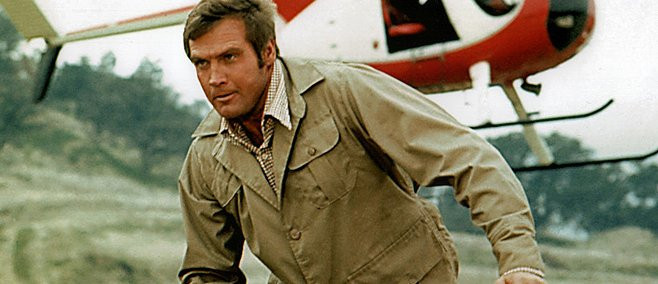
The Six Million Dollar Man
1973 - United StatesLong before CGI and glossy superhero franchises dominated our screens, American television offered its own brand of bionic brilliance in the form of The Six Million Dollar Man. First airing in 1973 and running for five seasons, the series was based on Martin Caidin’s novel Cyborg, and developed for television by Harve Bennett. At its heart was a straightforward premise, albeit a gloriously high-concept one: rebuild a broken man with the best technology money can buy, and put him to work saving the world.
That man was Steve Austin — no, not the wrestler, but a test pilot turned cyborg, played with square-jawed stoicism by Lee Majors. When Austin is nearly killed in a horrific crash during a test flight, he’s saved by cutting-edge science in the form of cybernetics expert Rudy Wells (Martin E. Brooks). With two bionic legs capable of propelling him at 60 miles per hour, a super-strong bionic arm, and a telescopic, infrared-enhanced bionic eye, Austin becomes a walking, running, punching government asset, all for the princely sum of six million dollars — which, in the early ’70s, was not to be sniffed at.
Operating under the watchful eye of Oscar Goldman (Richard Anderson), head of the Office of Strategic Studies, Austin is deployed on various covert missions. These typically involved Cold War-style espionage — stolen documents, enemy spies, rogue agents, or schemes to undermine American national security. In terms of plot, the show rarely broke new ground. Storylines were formulaic, with clear-cut goodies and baddies and a fair dose of flag-waving heroism.
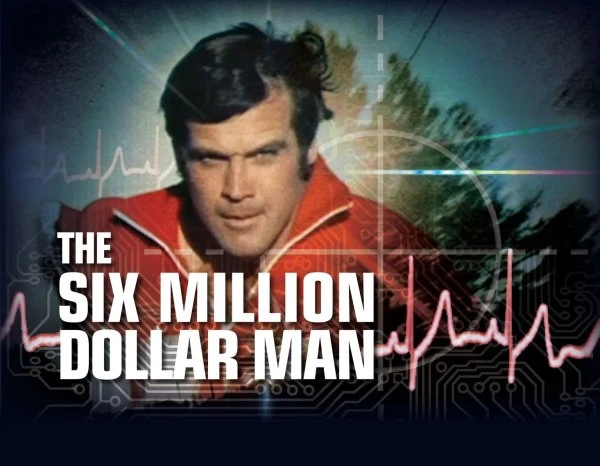
What truly set the series apart was the novelty of its central character and, for the time, its inventive use of special effects. Admittedly, the effects now appear rather quaint — slow-motion sequences were the go-to trick for nearly every bionic feat, whether Austin was sprinting across a desert or hoisting a car. Every moment of superhuman action was accompanied by an unmistakable electronic sound effect and slow-mo visuals that suggested power, speed, and strength — even if it sometimes looked as though Steve was jogging in treacle.
But despite the creaky effects and predictable plots, The Six Million Dollar Man was a smash hit — on both sides of the Atlantic. British viewers, too, were captivated by the show’s blend of sci-fi action, techno-fantasy, and all-American heroism. Lee Majors quickly became a household name, and the series’ success spawned a highly popular spin-off, The Bionic Woman, starring Lindsay Wagner, which premiered in 1976 and achieved equal popularity.
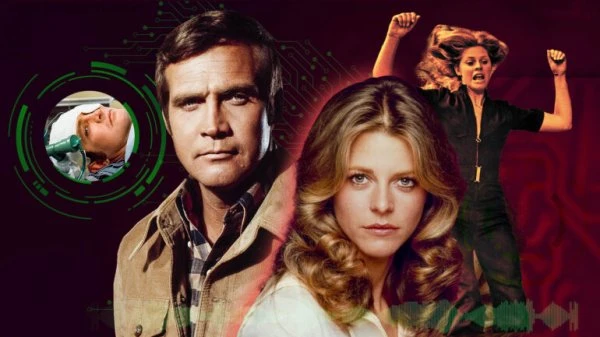
The series' influence extended well beyond its original run. A mini-revival came in the form of several TV movies in the late 1980s, reuniting the original cast and reigniting nostalgic interest. And in many ways, The Six Million Dollar Man can be seen as a forerunner to later shows and films that explored human enhancement and technology — albeit with a lot more polish and fewer beige leisure suits.
Viewed today, The Six Million Dollar Man is undeniably a product of its time, but therein lies its charm. It's a quirky, inventive, and oddly sincere exploration of what it meant to be a man rebuilt by machines — and still somehow deeply human. A cult classic of 1970s television, it may not have had the narrative sophistication of modern dramas, but it ran fast, punched hard, and left a bionic footprint in TV history.
Seen this show? How do you rate it?
Seen this show? How do you rate it?
Published on January 31st, 2019. Written by Laurence Marcus for Television Heaven.





